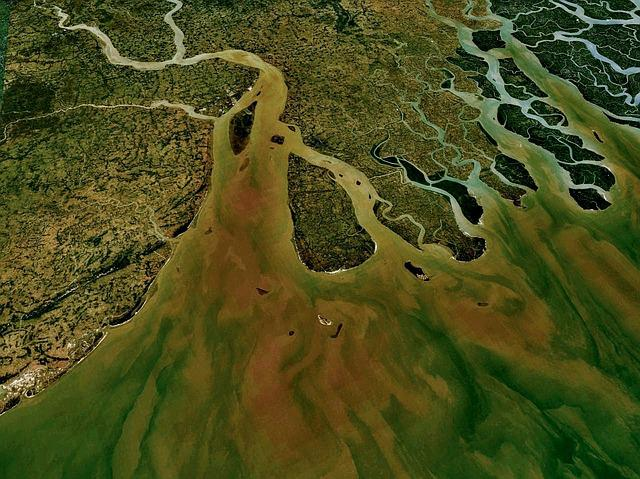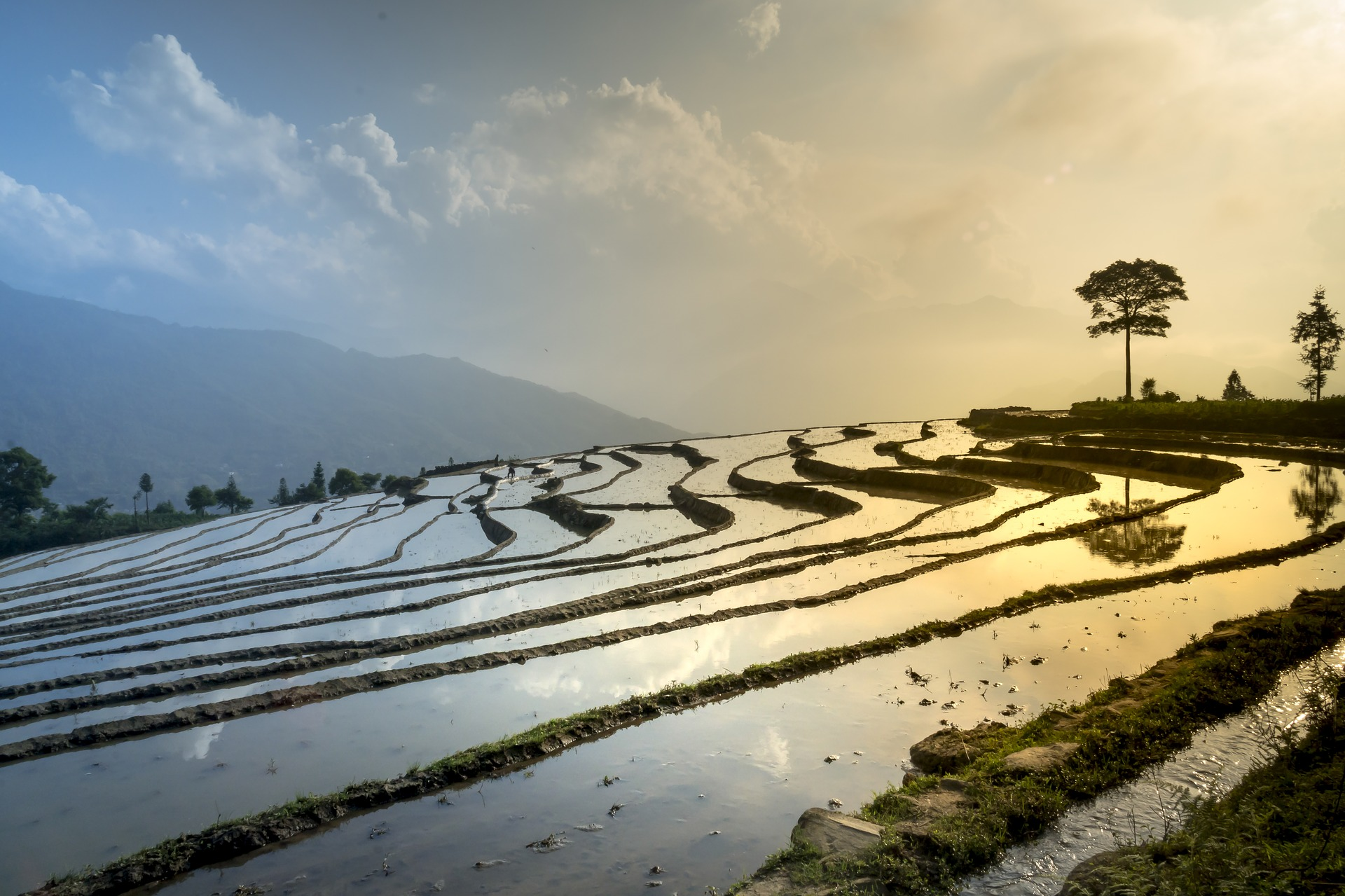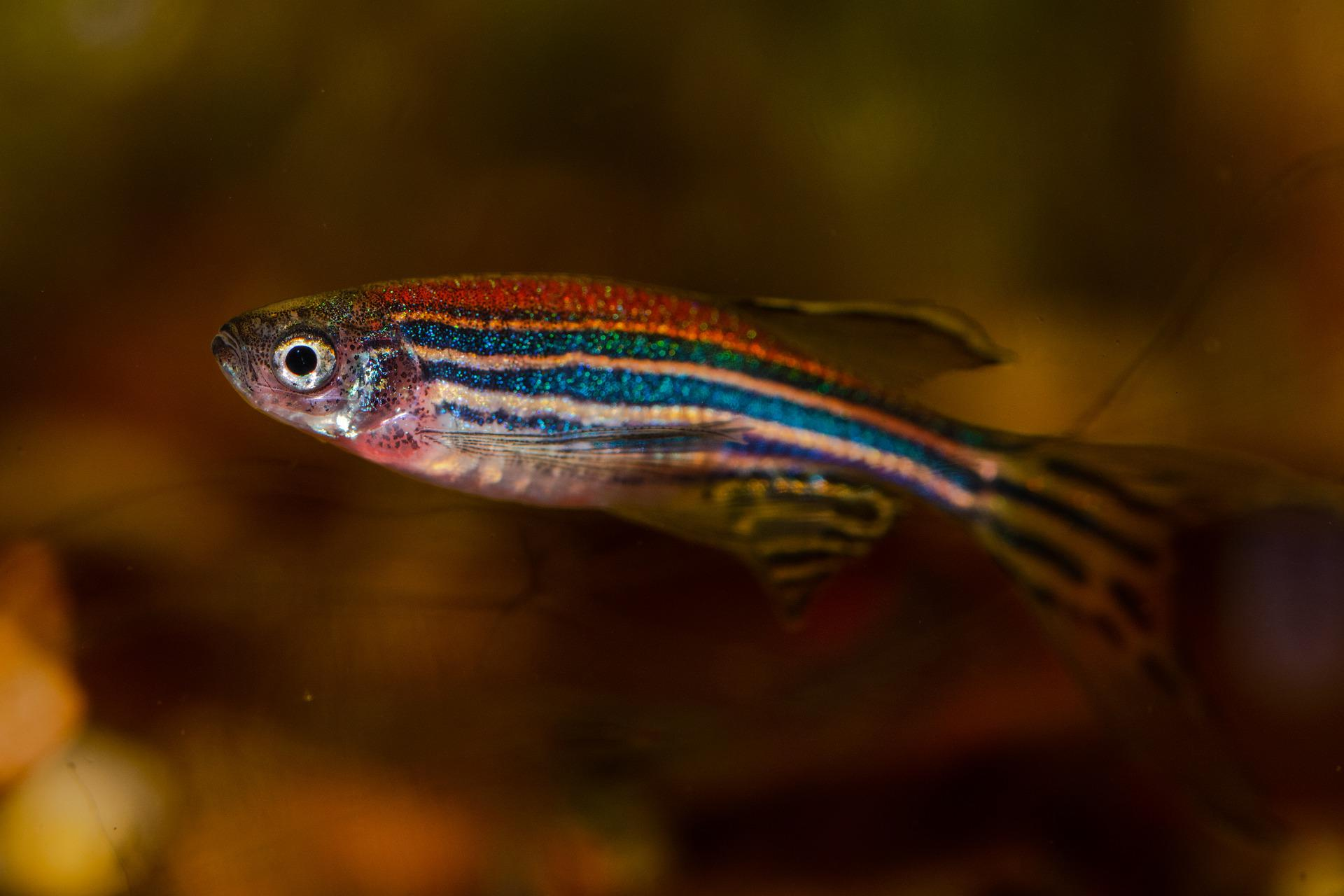The Asian Biotope Aquarium
The Asian Biotope Aquarium
Creating a closed underwater ecosystem is the matter of our imagination. Although the arrangement possibilities are unlimited, in case of biotope aquariums the choice of the flora and fauna is depending on the piece of world we want to reflect in our fish tanks. Let's see what species are best for Asian biotope aquarium and how to care for them properly!
What is a biotope aquarium?
The biotope aquarium is an aquarium based on natural biotope of different water areas of the world including animals, plants, water parameters and lighting. Putting everything together, it's a reflection of the wild conditions in natural reservoirs.
Asian natural conditions
As Asia is the largest continent of the world, the natural conditions are very very different. Starting from freezing areas on the north part of Asia to hot Southeast Asian climate. Due to the lack of ocean influence on the west side and the isolation of mountain ranges, most of the continent has a continental climate with little rainfall and a large temperature difference, and only the eastern and southern parts are affected by the sea. The climatic diversity of Asia means that most of the plant systems that exist on Earth can be found on this continent. However, let's have a closer look at water reservoirs in Asia that are so often reflected by many aquascapers all over the world.
Rivers
Rivers that have a basin in the monsoon climate area are fundamentally different from the rivers in North Asia belonging to the Arctic Sea basin. Because of a large diversity of rains and humidity, we can feature a few types present on Asian continent.
-Siberian Rivers
Siberian rivers, represented by the Ob and Yenisei, with high water levels throughout the year. In their upper sections, these are typically mountain rivers with a swift current and clear water. After emerging on the plains, the rivers flow more calmly and have wide channels. In winter, they freeze partially or completely. Rapid current and low temperature prevent the settlement and growth of aquatic plants and free-living invertebrates. Algae can be found at the bottom. Siberian rivers abound in fish. This is a natural habitat for sturgeons, pike and trout.
-Monsoon rivers
Monsoon rivers such as the Ganges, Indus, Mekong with a large difference in water levels. These rivers have their source near Tibet, from which they flow towards the Indian Ocean or the Pacific Ocean. In the upper reaches they are mountain rivers, in the lower they spread widely, carrying large amounts of silt. They often flood during the summer monsoons. Monsoon rivers are very heterogeneous in terms of the ecosystem. Upstream, they take the form of a swift stream with clear, ice-cold water, turning into a cloudy pool at the mouth with a temperature typical of tropical waters. Therefore, one cannot write about one monsoon biotope, because as rivers flow into the oceans, the physical and chemical conditions change, and thus also the fauna and flora. In biotope aquariums, the most common representation of three ecosystems found in monsoon rivers are: mountain stream, South-East Asia river, and river backwaters in India. In monsoon rivers, fish are represented by numerous species of the carp and catfish families.

-Mediterranean rivers
Mediterranean rivers in Asia Minor such as Kyzyl and Yarmouk. High water levels occur here during the rainy season, which takes place in winter. In summer, levels are very low and some even dry up temporarily.
- The rivers of the drainage area
These ones often do not have a permanent riverbed. These rivers originate from the mountains of Central Asia and end up flowing into lakes or disappearing into deserts. An example is the river Tarim. The biotopes of these rivers are relatively little studied and difficult to define unequivocally due to their changing location.
Standing waters and lakes
-Lakes
Asia is also the land of many lakes. The largest of them is the Caspian Sea - a drainless water reservoir with a very high salinity. An interesting fact is Lake Balkhash, a drainless reservoir in Kazakhstan, which has salt water in the eastern part and fresh water in the western part. The largest tidal lake in Asia is Baikal - the deepest lake in the world. Its characteristic feature is clear water, thanks to which the bottom can be seen even at a depth of several dozen meters. The vegetation of Lake Baikal is poor due to low temperatures and high water hardness, but it has a very rich fauna, including endemic species of fish such as omul or golomyanka fish.
-Irrigation water reservoirs
Artificial water reservoirs used to irrigate rice fields are typical for the heavily transformed Chinese landscape. These reservoirs, and the channels that irrigate them, are one of the most frequently reconstructed ecosystems. These are shallow ponds with periodically cloudy waters, poorly oxygenated and strongly heated. The vegetation is dominated by various types of limnophilia and hygrophila. The main inhabitants of the reservoirs are labyrinth fish, and various species of rasboras and barbs are also often found.

-Swamps and puddles
The southern part of Asia, especially the Malay Peninsula and the islands of the Malay Archipelago, due to high rainfall, abound in swamps and puddles hidden in tropical forests. The water in these reservoirs is cloudy, poorly oxygenated and in extreme cases it reaches a temperature of up to 40 degrees Celsius. These regions are the home of many underwater and amphibious plants, including numerous picture-like representatives. From underwater plants you can find limnophilia and eleocharis. The reservoirs with uncovered surfaces are home to rasboras, zebra fish and numerous carp species. In overgrown ponds and swamps - mainly labyrinth fish.
Ok, it's time for biotopes!
As mentioned before, Asia has many climate spheres and therefore many different biotopes to recreate in the aquarium. However, below we present a few environments that are being reflected by aquascapers all over the world.
Black waters of Southeast Asia
The aquarium is to reflect the pond ecosystem located among rainforests. It is characterized by very little or no water flow and economical lighting.
The substrate should be enriched with materials with an acid base: peat or clay.
The water parameters are pH 5.5-6.0, soft water, temperature 26 to 29 degrees Celsius.
Plants: Cryptocoryne, Eleocharis, water lillies, limnophilia species. The tank should be quite densely planted.
Dim lighting, emphasizing the mysterious atmosphere in which the aquarium is kept. Spot lighting works very well.
For arrangement apart from plants, use peat roots, which should form a picturesque tangle with numerous hiding places. Prepared, dry leaves or pieces of wood are also suitable for this biotope.
Fish species: gouramis, siamese fighting fish, carp, loaches species will be perfect.
Rice fields
Biotope of artificial irrigation water reservoirs in China. In nature, these are shallow ponds with periodically high turbidity and high temperatures.
The substrate should be river sand and gravel.
Water parameters: pH 6.5 to 6.9, soft water, temperature from 25 to 29 degrees Celsius.
Plants: Cryptocoryne, limnophilia, vallisneria, hygrophila, barklaya
Uniform lighting, medium intensity.
As an arrangement, mainly plants should be used, including floating plants, which, however, should not cover the entire surface of the water.
Fish species: labyrinth fish, gourami, as well as rasboras, barbs and guppies.
Mountain streams
Asia is a continent of mountains. This is especially true of the southeast asian part, which interests us the most. Mountains are everywhere, so there are many streams that flow from them. They are characterized by fast current, rocky ground and good oxygenation. The water there is usually soft and slightly acidic.
For the substrate you can use rocks and gravel of various gradations. The roots will be an accessory here rather than the basis of the hardscape.
Plants are best planted on the sides and back of the aquarium, leaving plenty of space for swimming inside. You can use Hygrophila or Vallisneria species.
Fish suitable for this biotope are inter alia zebra fish, Beaufortia leveretti or barbs.
It is a biotope in which a strong filter should be used that causes relatively strong water movement. We can also use a circulation pump to make the water movement more even and close to natural.

Summary
Asia is surely a great inspiration for aquascapers. Its biodiversity gives so many options to create in the home aquarium. However, having a balanced and healthy biotope aquarium is a challenge for many people as keeping the right water chemistry with limited planting options is hard. We wish you good luck with your new biotope set up and if it will be Asian biotope- let us know if the article helped you!




